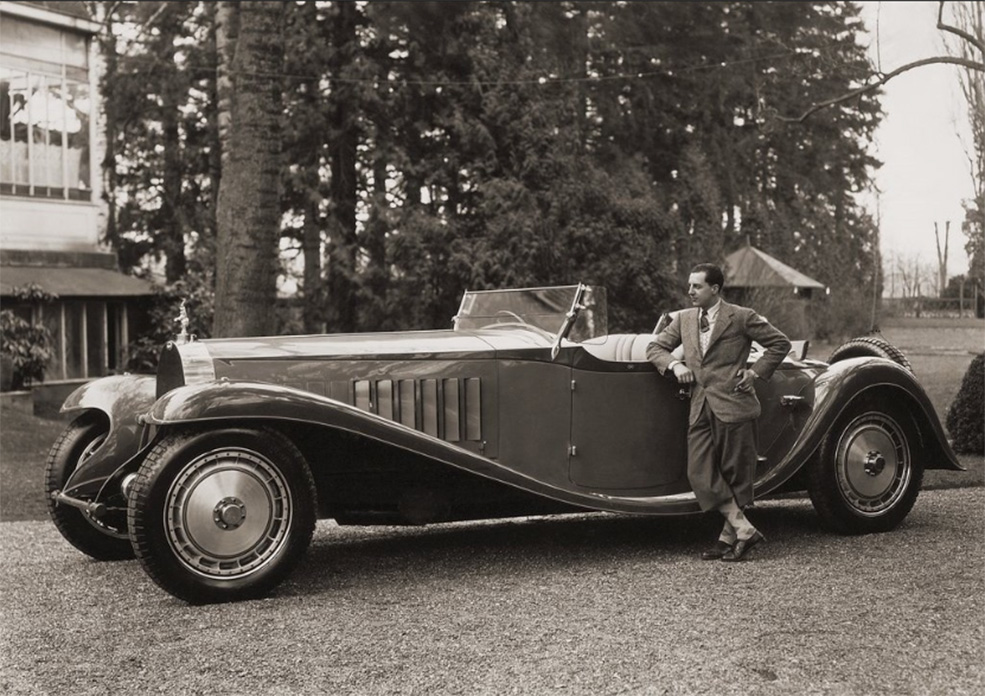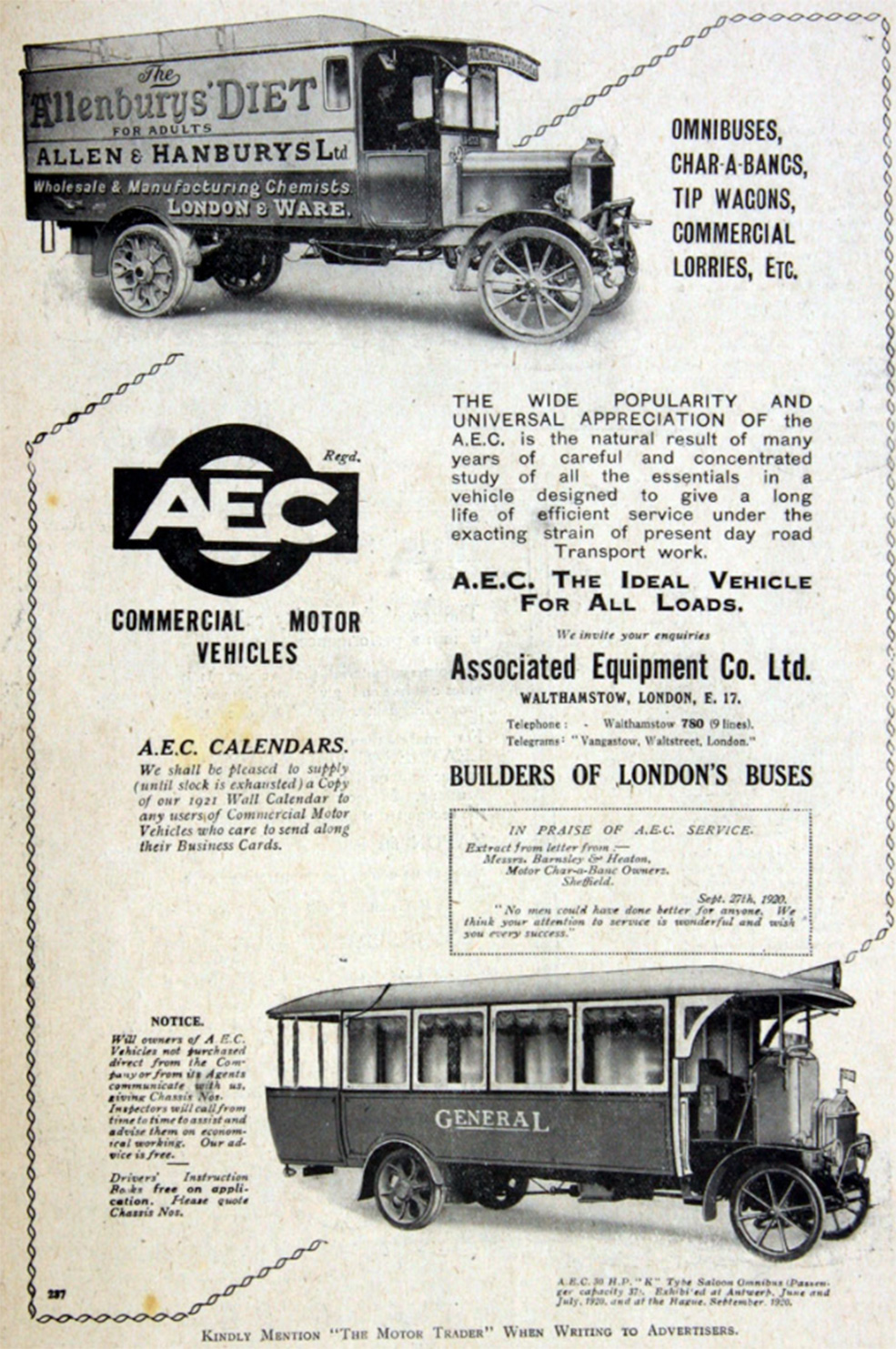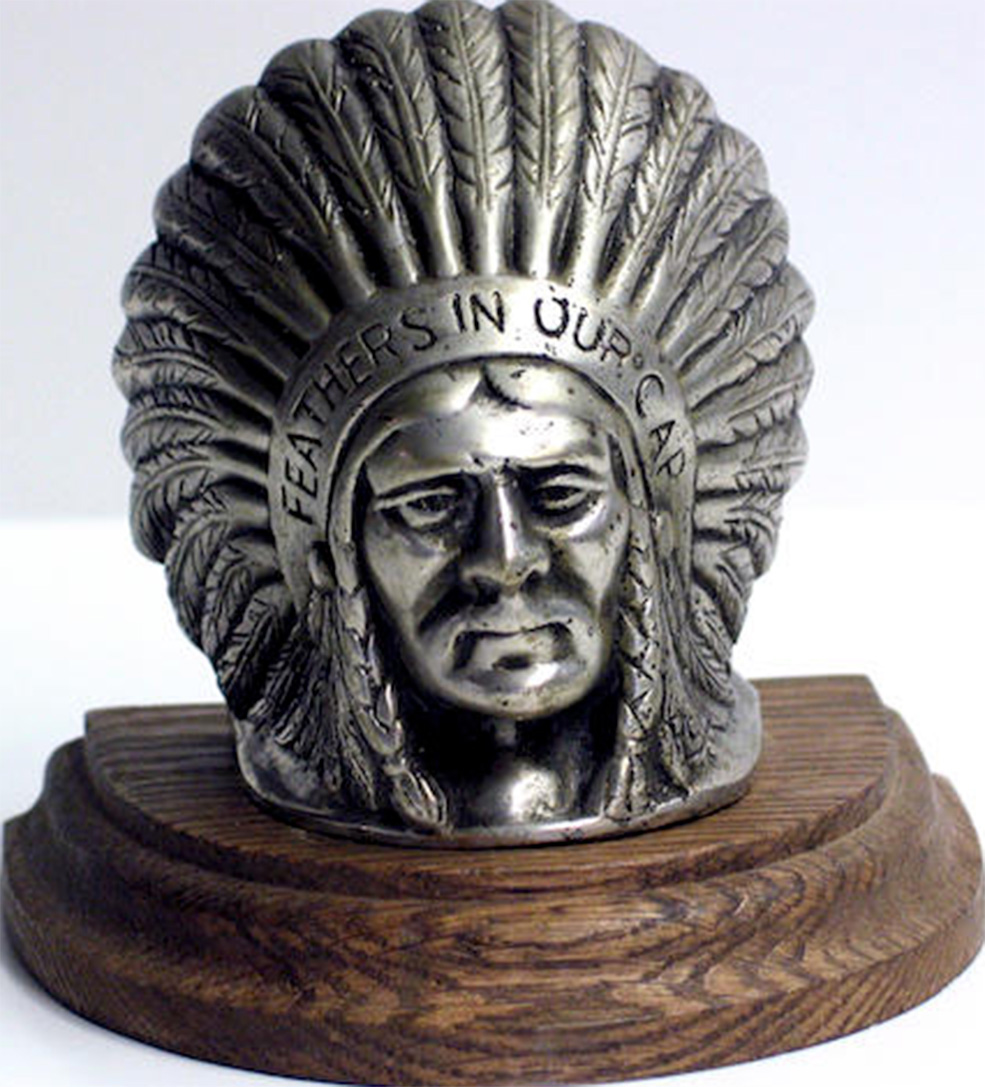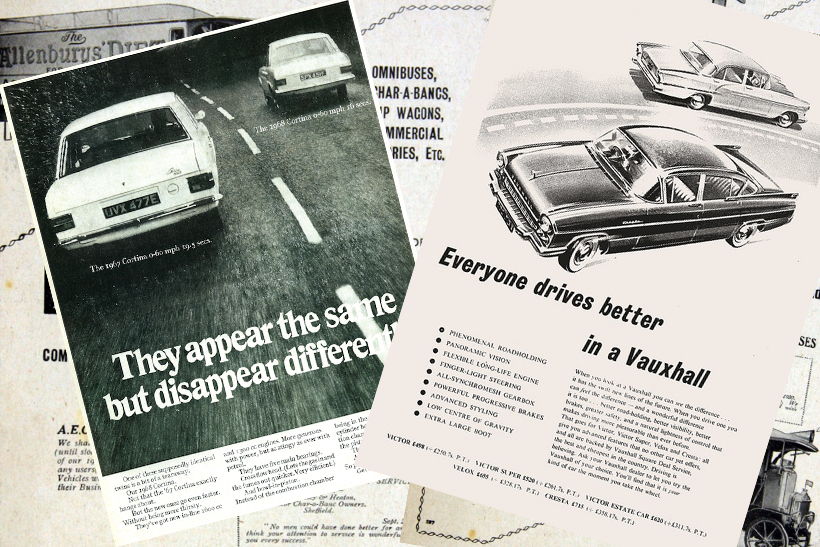Having had some indications that the last FAMOUS CAR SLOGANS REVISITED was appreciated, it would have seemed a shame to not include some more. Classic World’s Nigel Stennett-Cox looks back once more…
I’m pretty sure we have some enthusiasts of old commercial vehicles and tractors amongst our Classics World readers, and the former in particular used some pretty cool slogans, often incorporated into a most attractive radiator badge.
To stick with the cars for the moment, your columnist used to have a 1925 D.F.P. [Doriot, Flandrin et Parant] which was a sporty little number with a badge incorporating a running greyhound and the words “Fidele et Vite” [faithful and fast]. Maybe in later years, the likelihood of some reference to an animal in a badge or mascot became less likely, even if Gordon-Keeble famously used a tortoise in the badge of their high-performance sports coupe in the sixties! Perhaps equally odd, but more fitting, Ettore Bugatti went for a prancing elephant on his huge 12.7 litre Type 41, or “Royale” model.

Back to advertising or launch slogans (one of the my favourites), take the Ford poster script of, “The ’68 Cortina appears the same, but disappears differently”. When the Cortina Mark 2 came out for the ’67 model year in late 1966, both the 1300cc and 1500cc versions used a non-crossflow head; in fact, the larger engine was carried over from the Mark 1. Come the next year, the 1300 received a crossflow cylinder head for more power, with the 1500 getting the same plus a 100cc capacity hike. The resultant iconic “1600 crossflow” Ford engine enjoys a strong following to this day, with loads of tuning parts available.

“Everyone drives better in a Vauxhall” declared Luton c.1957, when they were wowing the British public with the sensationally-styled Victor F-Type and Velox/Cresta PA models, each in their original and arguably purest forms. “Cars of aircraft quality”, stated Armstrong-Siddeley when, with hindsight, the company was on the verge of extinction in the late fifties. They’d, very unwisely when seeking a market niche in the early fifties, decided to go head-on against William Lyons’s Jaguar Mark VII with the Sapphire 346, leading later to the Star Sapphire against the Mark IX. Only one Coventry maker was ever going to win that battle and it would be the one where every model was powered by a Le Mans-winning double overhead camshaft engine.

To add ignominy to embarrassment, the Parkside Company even went up against Jaguar’s new 2.4 and 3.4 litre compact saloons with their Sapphire 234 and 236 models in 1955-6. To be fair, maybe only the four-cylinder 234, with its sporty hemispherical head (like the Jaguar’s but with pushrod actuation), but both that and 236 looked, well, pretty terrible really, like a slightly flattened Singer Hunter. Someone on the design committee had decreed that a person wearing a high hat had to be able to get in the back without undignified stooping. One of the traditionalists to whom Armstrong-Siddeley had historically appealed in the firm’s pre-war heyday, no doubt? These were whom the less powerful but more refined six-cylinder Sapphire 236 was supposed to appeal, the same “retired colonel” elderly market at which Daimler, Lanchester and the pre Rootes Group Singers were aimed. All of these would be extinct by c.1960, with perhaps only Vanden Plas managing to successfully tap that demographic in the sixties.
To visit the world of commercial vehicles, one is initially a bit saddened to be reminded that all of the lorries which come to mind that had company slogans, were British.Take one of the most tragic, A.E.C. The Associated Equipment Company of Southall was called so because it started off as the manufacturing arm of the once-huge London Transport in c.1910. The motto in later years was “Builders of London’s ‘buses”. Part of the tragedy in this case was because of the A.E.C. name standing for heavy commercial vehicles of the highest quality and fitness for purpose. Perhaps Leyland the only the other proud British firm came near to rivalling A.E.C.

Then there was Guy, once of Wolverhampton, with the radiator cap of their fifties products being formed of a cast aluminium American Indian Chief’s head and war bonnet. The legend below, also cast-in, read, “Feathers in our cap”. Both of these British makes of commercial vehicle, and others besides, performed gallantly in all theatres in World War II. Do any older readers remember Ever-Ready Batteries running a huge fleet of Guy Vixen and Wolf vans in the Ever-Ready dark blue colours in the fifties and sixties? They used engines from that other proud Wolverhampton firm of Henry Meadows. In 1961, Sir William Lyons bought the name of Guy, having just earlier bought Daimler, probably for the factory space.

Let’s sign off with dear old Morris-Commercial, the separate commercial vehicle arm of Morris Motors, but who only used their name on non-car-based stuff. “British to the backbone” read the colourful wording on their C-Series lorries in 1935-36.





